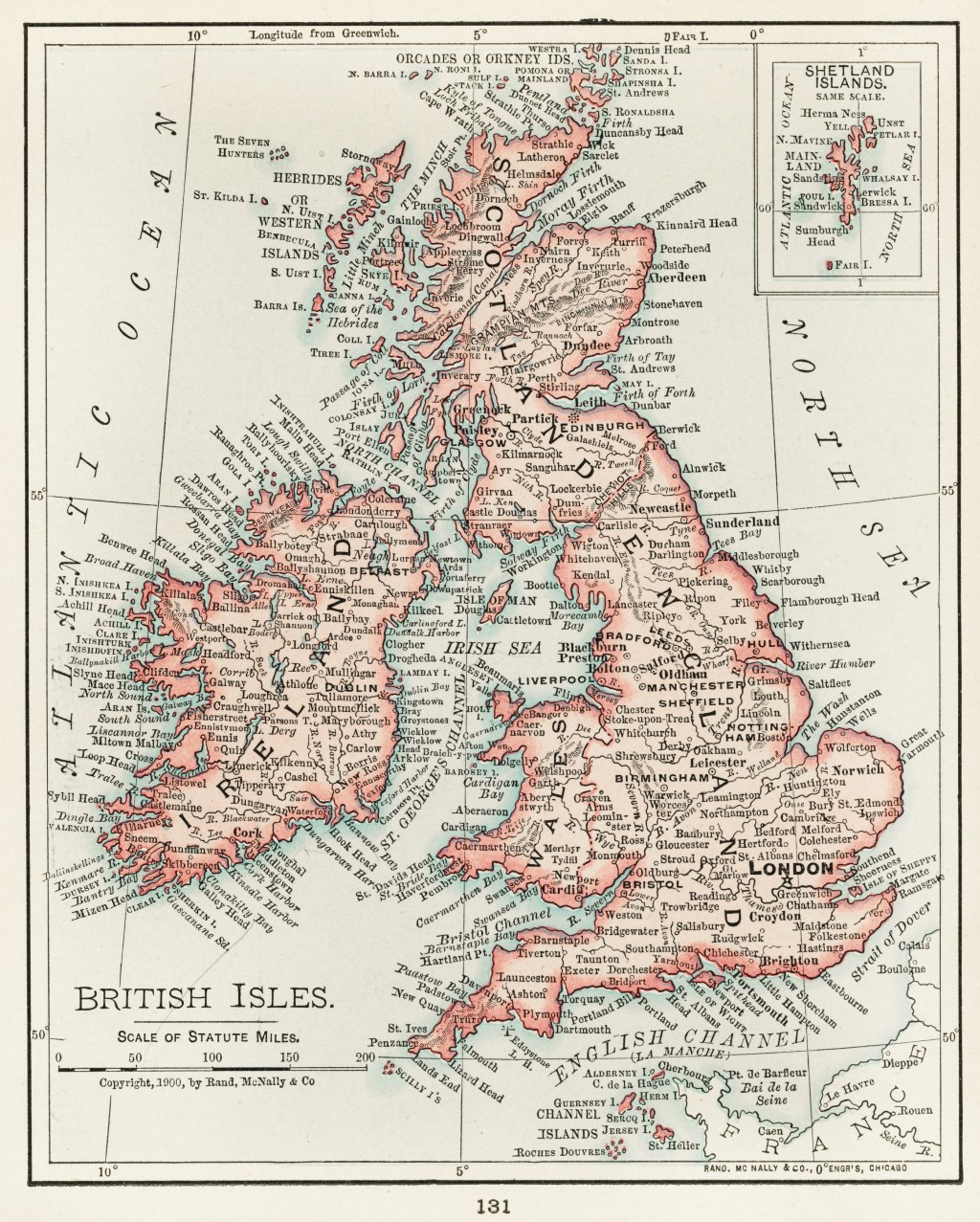You have free articles remaining this month.
Subscribe to the RP Witness for full access to new articles and the complete archives.
What do you know about the history of the Associate Presbyterian Church? How were APs relevant to RPs? This month, we take a brief look at the history of a closely related denomination.
After the Glorious Revolution of 1688, the Church of Scotland could become Presbyterian once again; but, as the established church, it was vulnerable to interference by the state. One act of Parliament subjected it to an English system known as “patronage.” In many parishes, a wealthy landowner known as the patron had the right to choose the minister, regardless of the wishes of the presbytery or of the other parishioners.
Several ministers, led by Ebenezer Erskine, found this intolerable and set up the Associate Presbyterian Church to be free of state interference. Doctrinal and practical disputes later caused them to split into four pieces, all of which merged into the Church of Scotland by the end of the 20th Century.
Like RPs and Presbyterians, APs settled in North America in large numbers, and an Associate Presbytery was formed in the British colonies. Because both denominations had left the Church of Scotland over matters of British politics that were no longer relevant in an independent America, RP and AP leaders began exploring a merger during the American Revolution, and, in 1782, they formed the Associate Reformed Presbyterian Church. However, a few members and ministers stayed out of the union, and more immigration from Britain allowed the RPs and APs to rebuild their churches.
By the 1850s, the APs were significantly larger than the RPs, with congregations as far west as Oregon Territory. At this point, AP and ARP leaders renewed their conversations and found that their disagreements with each other were virtually nonexistent. As a result, most APs and northern ARPs merged in 1858 and took the name “United Presbyterian Church.”
Many Indiana APs and scattered congregations elsewhere stayed out of the merger, but unlike in 1782, they never rebuilt. Congregations gradually closed, poor salaries meant that few men entered the ministry, and one entire congregation, in Stafford, Kan., joined the RPs.
In the 1960s, the RP Testimony was changed to remove the longstanding differences with the APs. By then, the APs had just four congregations: Rimersburg and Four Mile, Pa., Washington, Iowa, and Minneola, Kan. Since the two churches no longer disagreed, the two denominations began merger talks, which culminated in union at the Synod of 1969.
